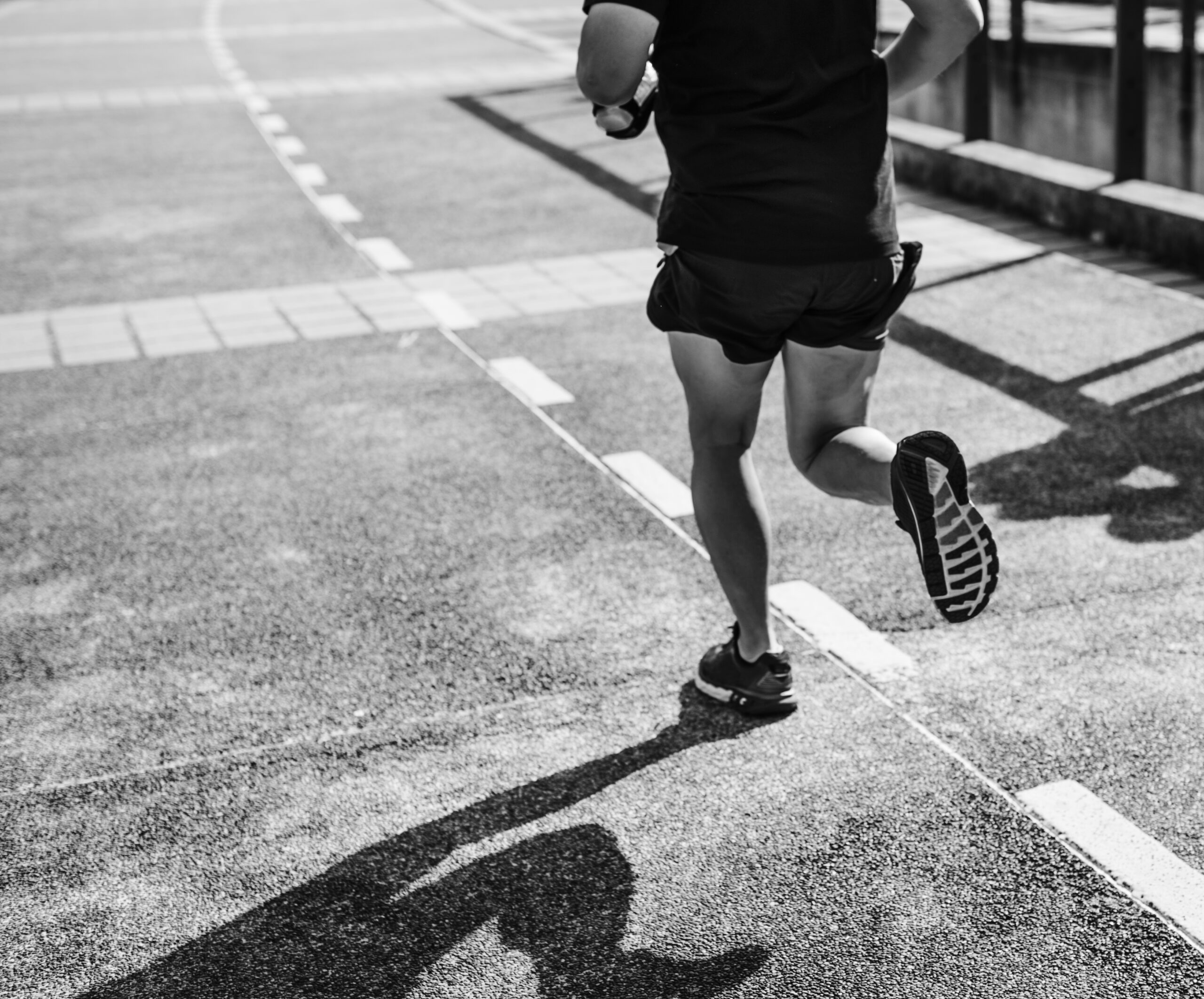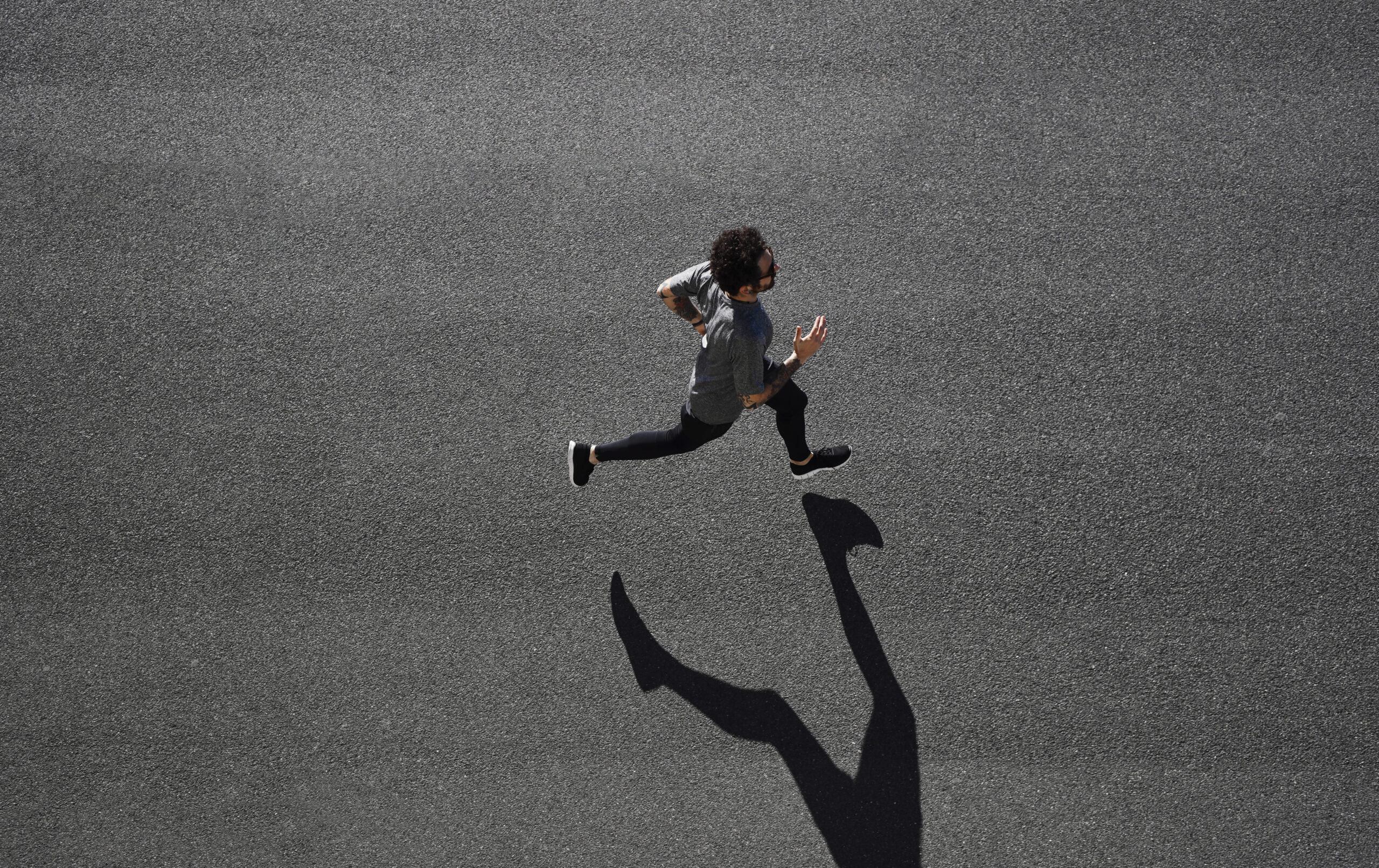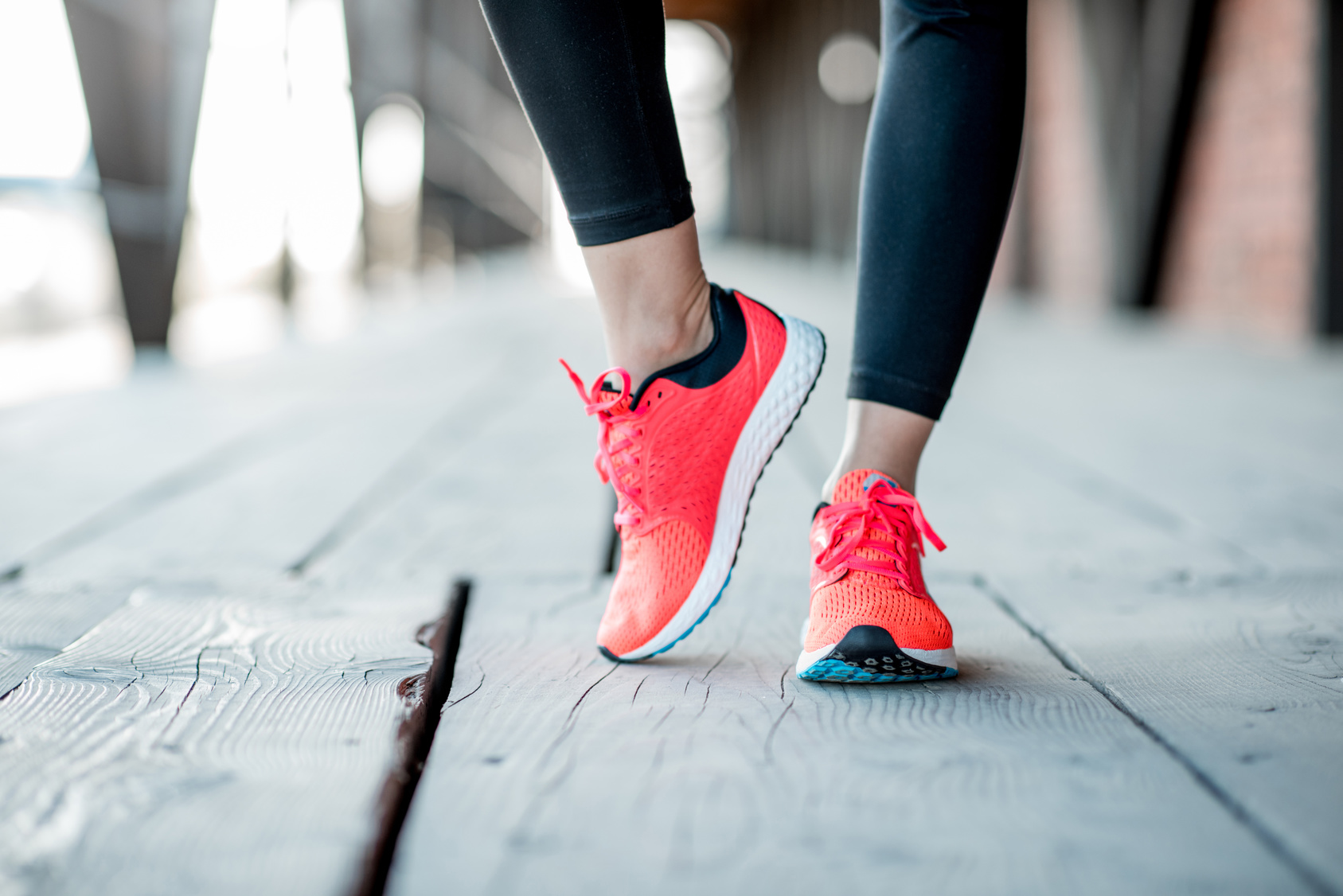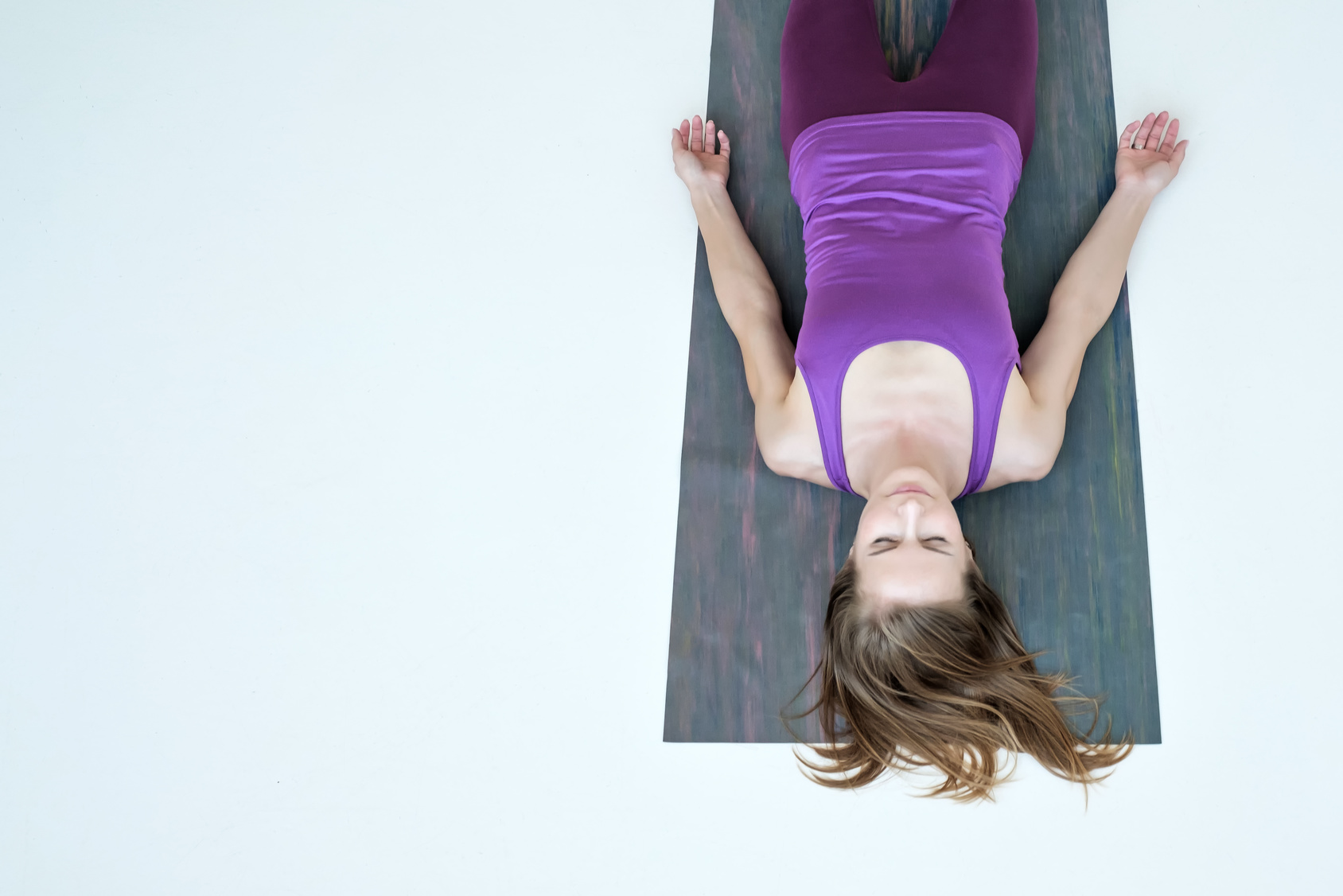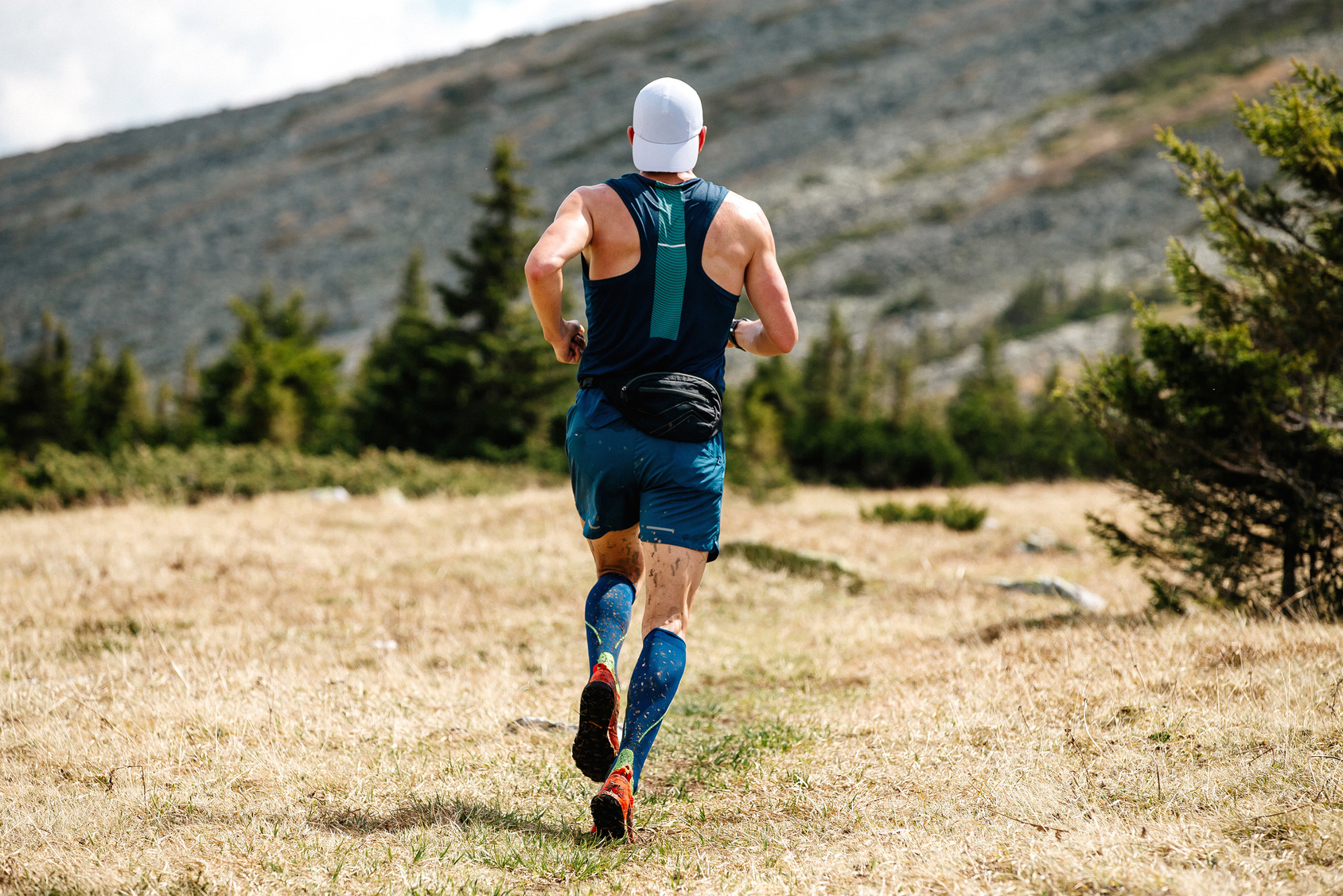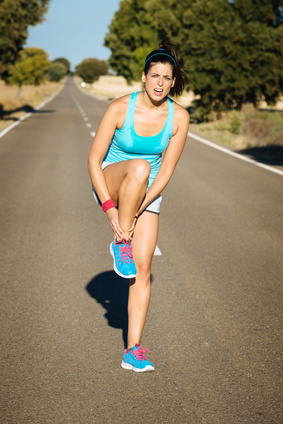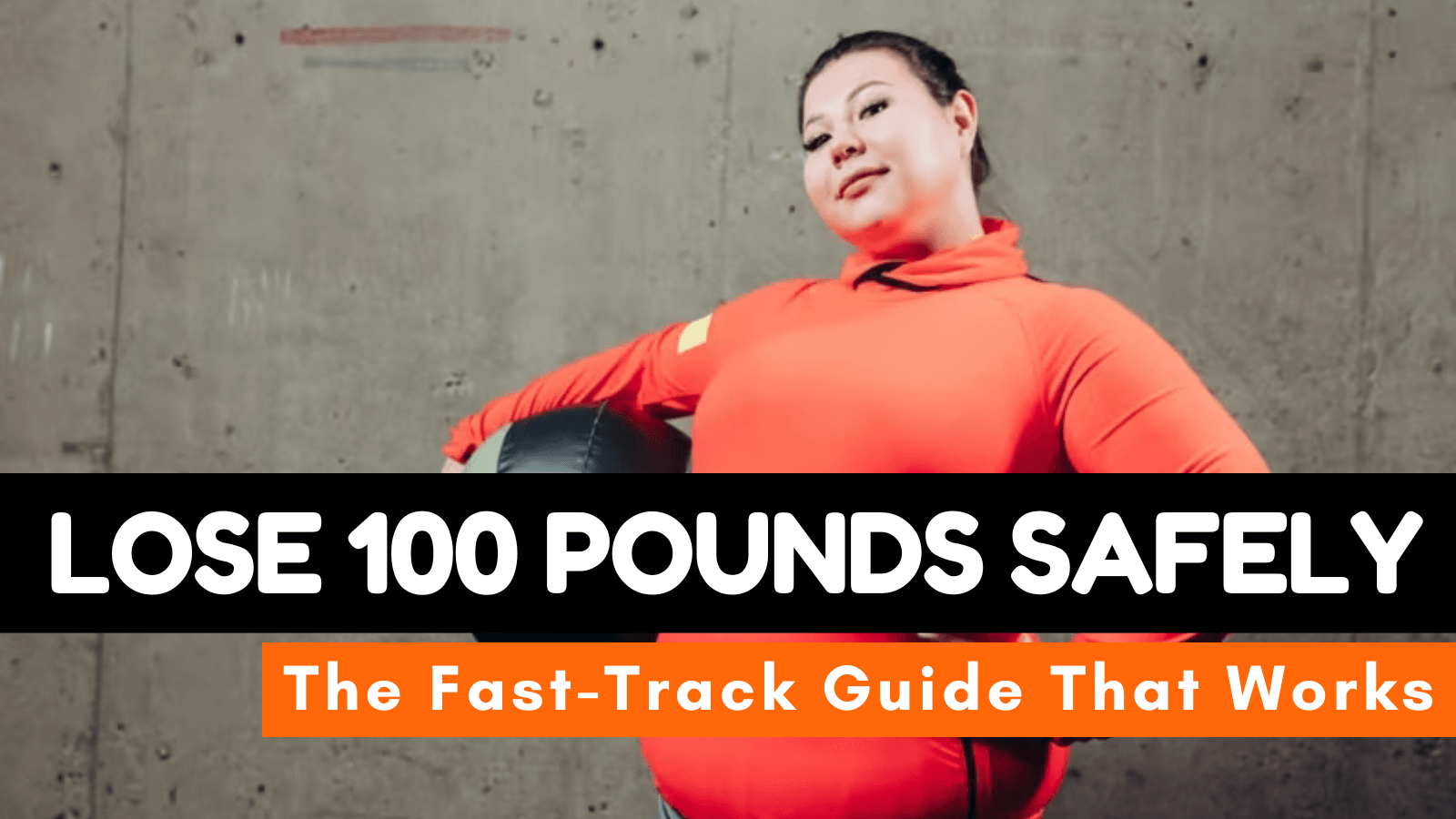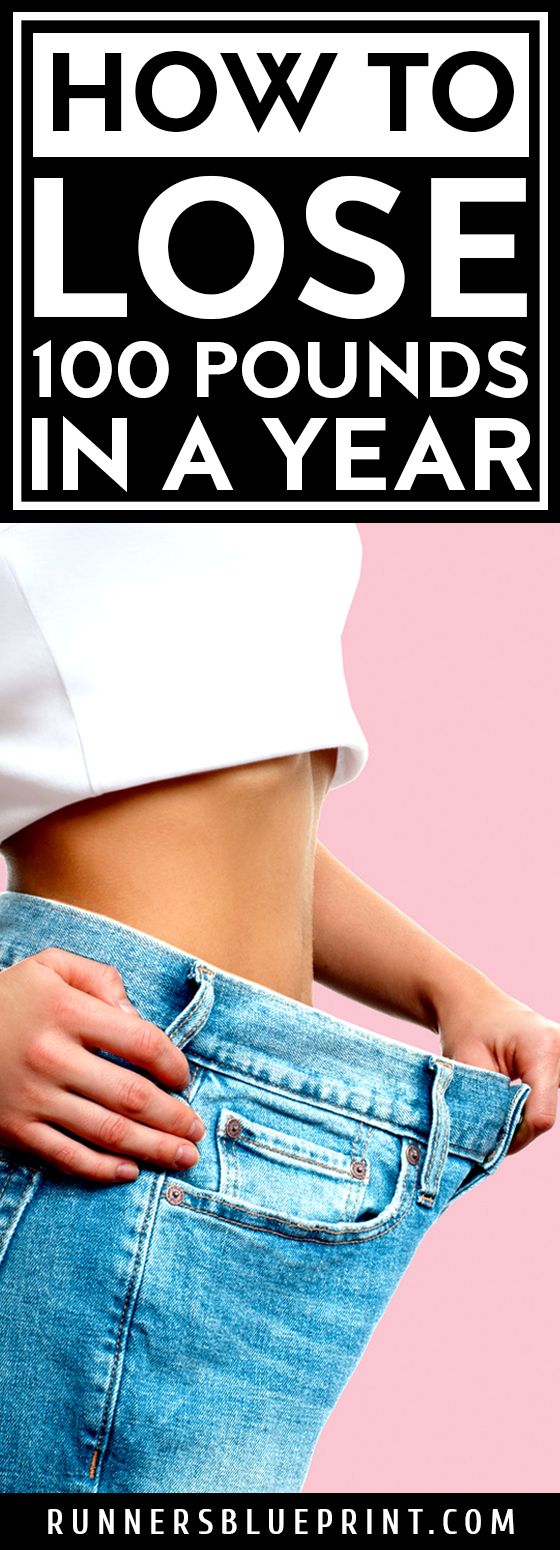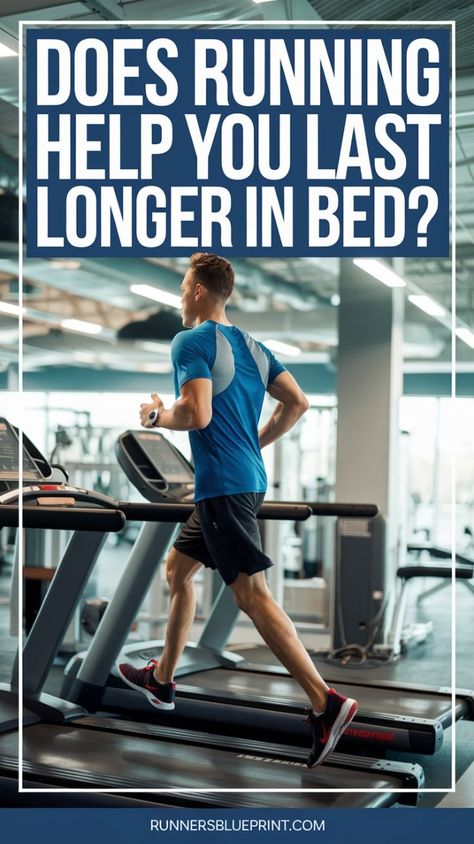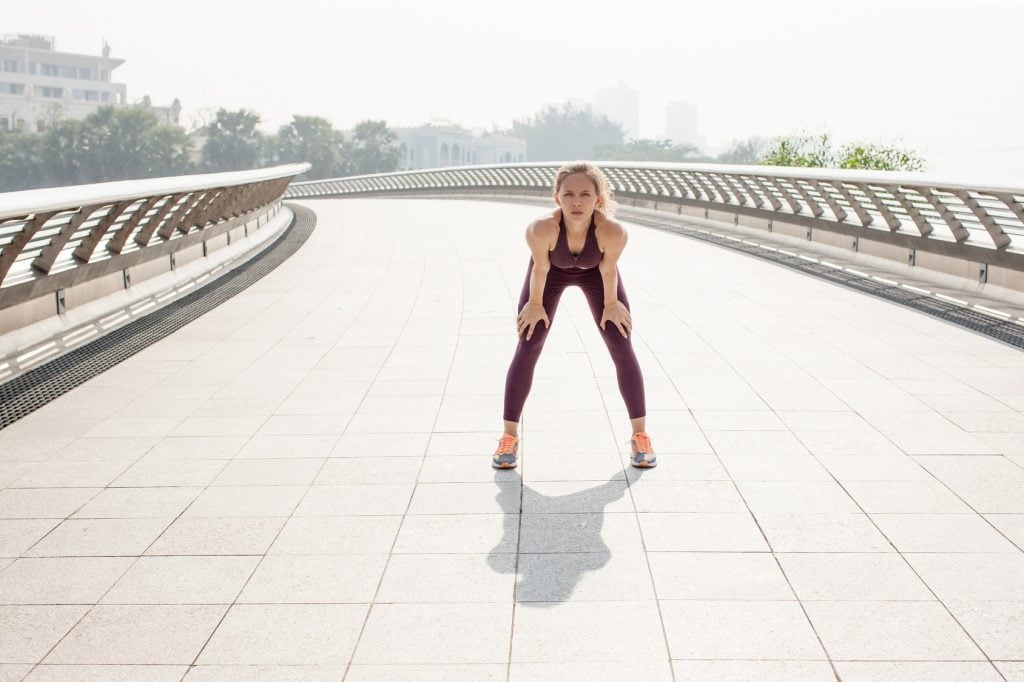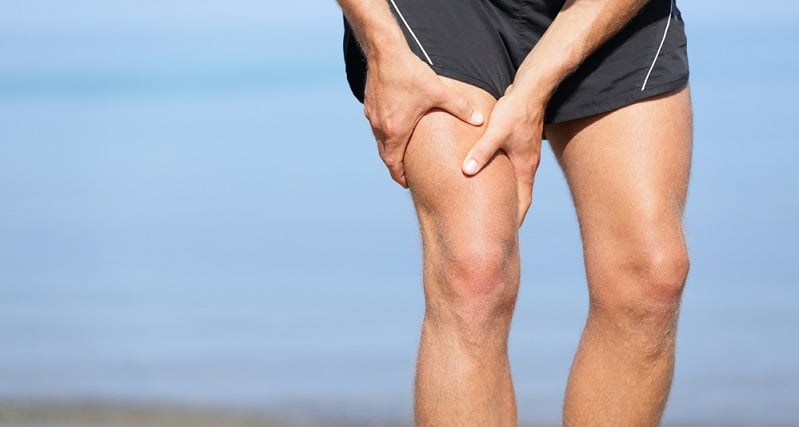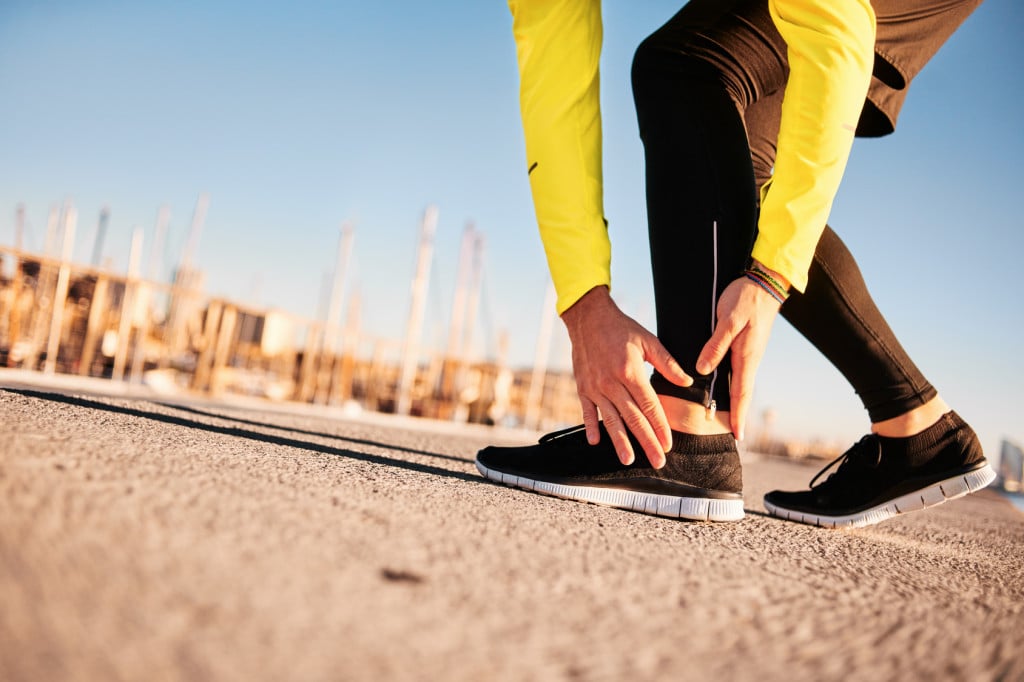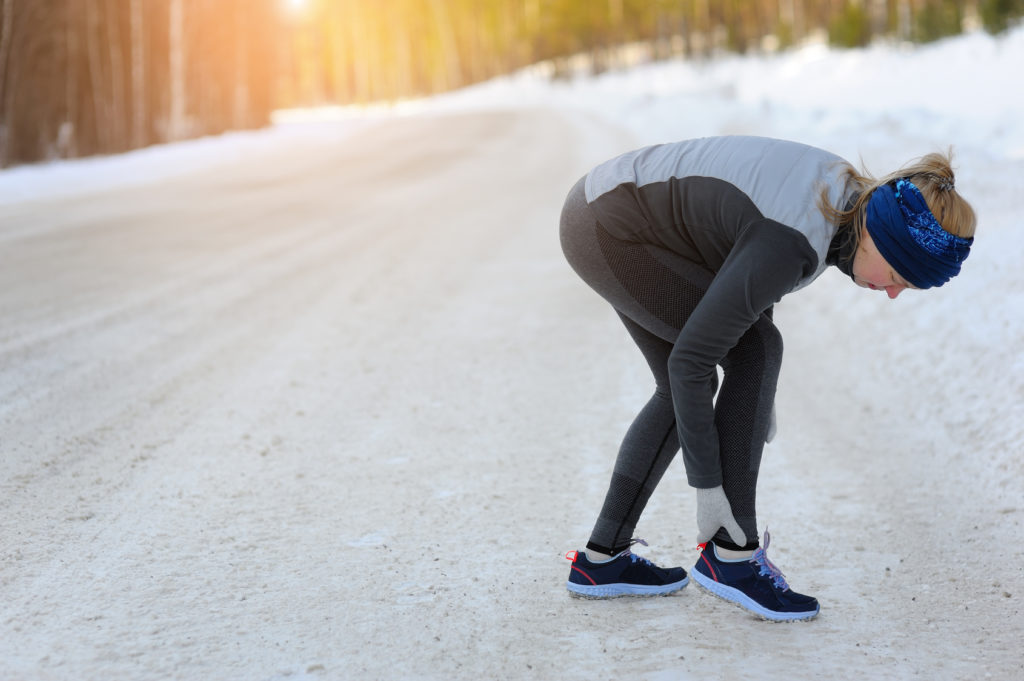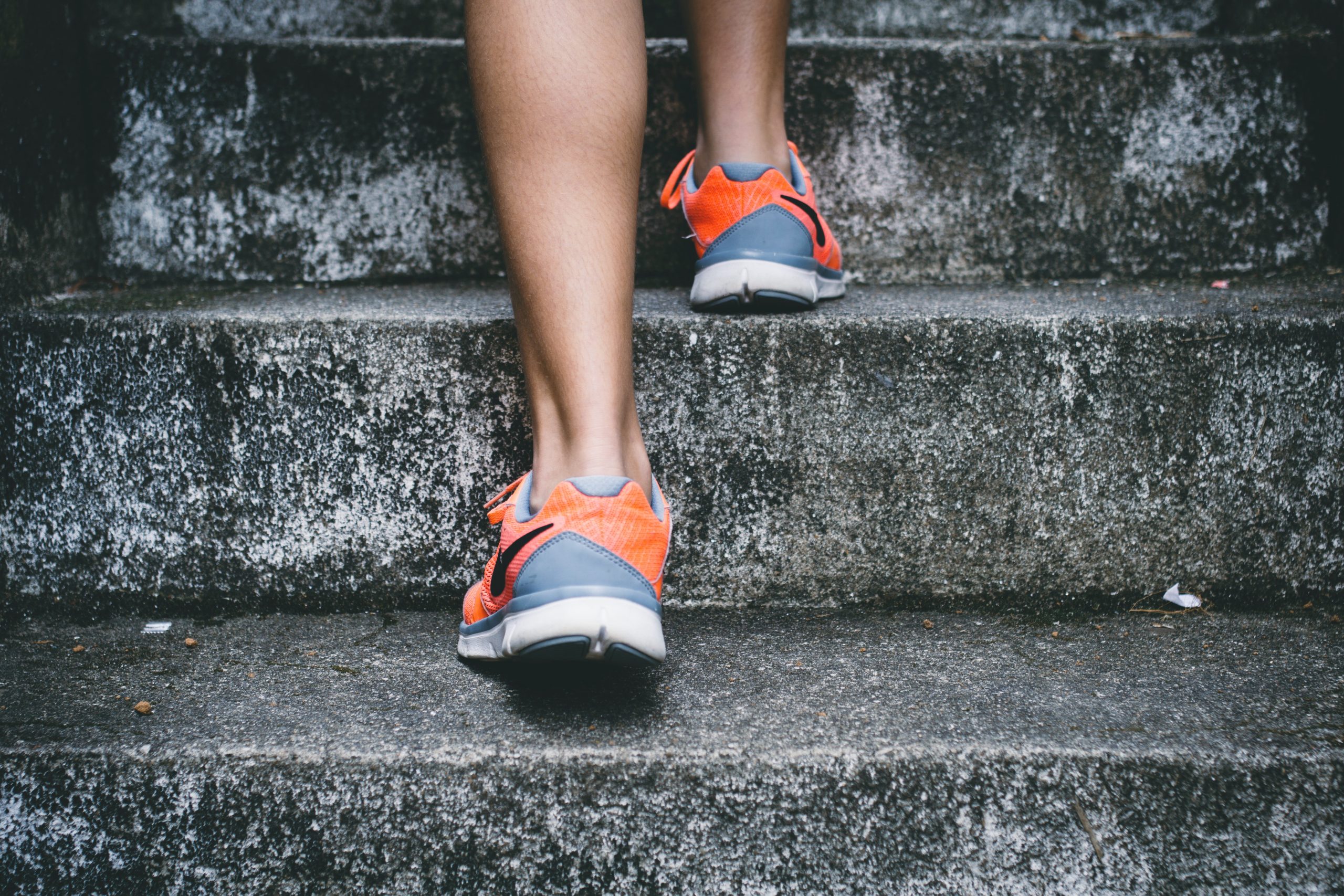Running, ah, it’s the sweet symphony of pounding the pavement, feeling the wind in your hair, and conquering mile after mile. But hold on a second. It’s not all rainbows and butterflies, right?
Sometimes, it’s more like a symphony of aching ankles and a chorus of “ouch” with every step. So, what’s the deal with our ankle buddies in this running journey?
You see, our ankles are truly unsung heroes.
They’re the MVPs of your lower extremities, bearing the brunt of your entire body weight during your daily strolls, exhilarating runs, epic jumps, and even those moments when you’re just standing there pondering life’s mysteries.
In fact, they work harder than your knees and hips, those other weight-bearing joints we tend to fret about.
Now, why are we delving into this ankle talk? Well, it’s simple. If you’re a runner or thinking about lacing up those running shoes, ankle soreness or pain might be a familiar companion. But fear not.
In this guide, we’ll dive into the world of ankle health for runners. We’ll unravel the mysteries behind those aches and pains, exploring the common culprits and their not-so-secret identities.
Together, we’ll learn how to decode your ankles’ messages and keep them happy so you can hit the running trails with confidence.
So, lace up your running shoes, and let’s embark on this journey to discover the secrets of happy ankles while running
Ankle Pain Running Explained
Alright, folks, it’s time to get down to the nitty-gritty of ankle pain while running. You see, our ankles are like a fascinating puzzle made up of bones, ligaments, and tendons.
They’re like the bridge connecting your body to the ground beneath you. But guess what? Just like any puzzle, sometimes they can get a little tricky.
So, what’s the deal?
Well, when something goes haywire with these ankle structures, it can lead to that pesky pain we’re talking about. Now, hold onto your running shoes because there are mainly two culprits here.
First up, we have those sudden, “ouch, I twisted my ankle” moments – yup, you guessed it, it’s the infamous ankle sprain. It’s like the ankle’s way of saying, “Whoa, slow down there, buddy!”
This usually happens when you’re zigzagging through an uneven trail, landing awkwardly, or having a little misstep.
Then, we have the more persistent troublemaker – Achilles tendinitis. It’s like that nagging pain that just won’t go away.
This one’s usually brought on by the wear and tear of running, overuse, or maybe some not-so-comfy running shoes.
Your Ankle Pain Running Guide
Let’s delve a bit deeper into the main causes of ankle pain during and/or after running.
Ankle Pain Running – 1. Ankle Sprain
Picture this: You’re out for your morning run, feeling fantastic, when suddenly, “Ouch!” You experience a sharp pain above your ankle bone. What’s going on? Well, you might just be dealing with the notorious ankle sprain.
An ankle sprain is essentially an injury to one or more of the ligaments that form your trusty ankle joint. Ligaments are like the body’s natural seatbelts, keeping your joints stable and secure. But sometimes, they need a little TLC, too.
Now, how does this drama unfold? Well, typically, it happens when you’re running on uneven terrain, make an unexpected step off a curb, or land in a rather awkward way. In some dramatic cases, you might even hear a little “pop” followed by a sharp, “Hey, that hurts!”
Yep, your ligaments are letting you know they’re not thrilled with your recent moves.
And here’s the kicker – ankle sprains are often accompanied by swelling. So, not only will you feel the pain, but your ankle joint might also decide to puff up like a balloon. Not exactly the fashion statement you were going for during your run, right?
Treatment Of Ankle Sprains
So, you’ve found yourself in the ankle sprain club—welcome, or maybe not-so-welcome, to the party!
But fret not, my running friend, because ankle sprains, while a bit of a nuisance, are actually one of the easier conditions to bounce back from.
Here’s the lowdown on how to kick that sprain to the curb and get back on your running game in no time:
Rest:
Yes, you heard it right, my fellow go-getter. Rest is your new best friend. Give that ankle some well-deserved downtime. Don’t rush things; healing takes time. But don’t worry; you’ll be up and running again in just a few weeks and sometimes even days!
Ice:
Grab that ice pack (or a bag of frozen peas if you’re feeling fancy) and apply it to your sprained ankle. Icy goodness will help reduce swelling and ease the discomfort. Ice for about 15-20 minutes every couple of hours—your ankle will thank you for it.
Compression:
Get yourself a comfy compression bandage. Wrap it gently but firmly around your ankle to help control swelling and provide support to those hard-working ligaments.
Elevate:
Elevate that sprained ankle whenever possible. Prop it up on a pillow or cushion when you’re sitting or lying down. It’s all about reducing the swelling and letting your ankle heal like a champ.
Anti-Inflammatories:
When the pain is really playing hard to get, over-the-counter anti-inflammatory meds can be your allies. Take them for 24 to 48 hours after the injury, but always follow the recommended dosage. They’re like your sidekicks in this recovery mission.
Baby Steps:
Now, here’s the exciting part. Once you can put your full body weight on that injured limb and perform ankle movements without wincing in pain, it’s time to ease back into running. But start slow and gradual, like a gentle jog, before sprinting towards your personal records.
Seek Help if Needed:
If the pain and swelling persist beyond a week, or if things just don’t seem to be getting better, don’t hesitate to reach out to a medical pro. They’ll give you the expert guidance you need to ensure a speedy recovery.
Ankle Pain Running -2. Achilles Tendonitis
So, you’ve got a pain in the back… of your ankle? Well, that could be your Achilles tendon trying to tell you something. If you experience pain that starts during the first few minutes of your run, eases up a bit, and then comes back to haunt you post-run, it might just be Achilles tendinitis paying you a visit.
Your Achilles tendon, or that strong, fibrous band located at the back of your ankle, plays a critical role in your running escapades. It’s the connection between two powerhouse muscles, the gastrocnemius and the soleus, and your heel.
So, how do you know if you’ve got Achilles tendinitis knocking on your ankle’s door? Look out for tenderness, stiffness, and a range of pain, from mild to “I can’t even right now” severe. It’s like a nagging reminder that something’s not quite right in the back of your leg.
Achilles tendinitis usually shows up when you’ve been putting in the miles a little too enthusiastically or maybe wearing shoes that just aren’t the perfect fit. Sometimes, even running in one direction on the track (seriously, who knew?) can stir the pot and lead to this irksome condition.
Treatment Of Achilles Tendonitis
So, you’ve been dealing with that nagging pain in the back of your ankle, and it turns out it’s Achilles tendonitis. Don’t worry, I’ve got your back, or should I say, your Achilles tendon!
Let’s talk treatment:
First Things First: Rest and Recovery
One of the best ways to show your Achilles tendon some love is by dialing down the intensity of your training or, in some cases, taking a temporary hiatus from your running routine. Think of it as a well-deserved rest for your tendon.
Chill Out with Cold Therapy
Cold therapy can be your new best friend. Applying ice to the affected area can help reduce inflammation and ease the pain. Just remember not to go overboard – a sensible approach to icing is usually around 15-20 minutes every couple of hours.
Self-Care for the Win
Elevating your leg and using compression can be surprisingly effective. Elevating helps with blood flow, while compression reduces swelling.
Anti-Inflammatories to the Rescue
Over-the-counter anti-inflammatory medications (with your doc’s approval, of course) can provide relief from pain and inflammation. They won’t fix the issue, but they’ll make you feel more comfortable during your recovery.
Stepping Up the Game: Invasive Treatments
In some cases, when Achilles tendonitis isn’t responding to the gentler treatments, more aggressive approaches might be needed. These include:
Steroid Injections: Sometimes, a shot of corticosteroid can help reduce inflammation. It’s like a superhero swooping in to save the day.
Platelet-Rich Plasma (PRP) Injections: This cutting-edge treatment involves using a concentrated form of your own blood to promote healing. It’s like giving your body a turbo boost to repair itself.
Surgery: While it’s typically a last resort, surgery may be necessary in severe cases where there’s significant tendon damage. Think of it as a surgical tune-up for your Achilles tendon.
Ankle Pain Running – 3. Stress Fractures
Stress fractures are like tiny battle scars on your anklebones. When you subject your bones to excessive force, like the pounding from running, your muscles can’t absorb all that shock. So, they pass the message along to your bones, and voilà – a tiny crack forms. Ouch!
Red Flags
Stress fractures come with their own set of warning signs.
If you notice your ankle is tender and bruised, and you can’t even think about running on it without wincing, it’s time to suspect a stress fracture. Sometimes, there might be redness, swelling, or even a weird sensation of numbness in your toes.
Treatment of Stress Fractures
If you suspect a stress fracture, it’s time to call in the professionals. Don’t worry; you’re not alone on this journey. Seeking medical treatment is crucial. Your doctor can confirm the diagnosis and provide guidance on the best course of action.
Here’s a little motivation to take stress fractures seriously: if you’ve had one, you might be at a higher risk of developing arthritis later in life. So, treating it properly isn’t just about getting back to running; it’s about preserving your long-term joint health.

Ankle Pain Running – 4. Tarsal Tunnel Syndrome
Let’s dive into another ankle woe, folks – Tarsal Tunnel Syndrome. Ever heard of it? It’s like the carpal tunnel syndrome of the ankle, and it’s a real pain, quite literally. Here’s the lowdown:
Tarsal Tunnel Syndrome is a sneaky condition where the tissues and ligaments in your foot decide to gang up and put pressure on the posterior tibial nerve, which hangs out near your ankle. This nerve is a branch of the sciatic nerve, making it a pretty big deal.
When Tarsal Tunnel Syndrome strikes, it likes to make a grand entrance. Expect sensations like burning, aching, numbness, and tingling in your ankle, heel, sole, and toes. It’s like a wild party, but not the fun kind.
So, who’s behind this chaos? Well, blame it on tendon swelling, foot pronation (when your foot rolls too far inward), and even arthritis. These troublemakers team up to create the perfect storm for Tarsal Tunnel Syndrome.
Additional Resource – Your guide to runners itch
Treatment of Tarsal Tunnel Syndrome
Alright, folks, we’ve covered what Tarsal Tunnel Syndrome is and why it’s a real party pooper for your ankles. Now, let’s talk about how to kick it to the curb and get back on your feet—literally!
First things first, the severity of Tarsal Tunnel Syndrome plays a starring role in determining your treatment.
Non-Surgical Arsenal: Rest, Ice, & NSAIDs
If you catch Tarsal Tunnel Syndrome early or it’s not too intense, you’re in luck. Non-surgical options can do the trick. Think of these as your trusty sidekicks:
- Rest: Give those ankles a break. Let them chill.
- Ice Therapy: The cool kid on the block. Apply ice to reduce inflammation.
- NSAIDs: Nonsteroidal anti-inflammatory drugs, like ibuprofen, can be your allies. They help with pain and swelling.
When Pain Persists: Seek Help
If your ankle is still staging a revolt despite your best efforts, it’s time to call in the pros. Seeking medical assistance is a smart move. They’ve got more tricks up their sleeves.
The Surgical Saga: The Last Resort
In some cases, when Tarsal Tunnel Syndrome just won’t take the hint, surgery might be on the table. It’s the last resort, like calling in the superheroes when all else fails.
Conclusion
The best way to treat ankle pain—or any other sort of pain for that matter—is to avoid it in the first place.
Though it often comes with the territory in a high-impact sport like running, there’s a lot you can do in the way of prevention.
The above ankle pain guidelines should get you started on the right foot—no pun intended.
But if you want more advice and guidelines, check some of my following posts :
Please feel free to leave your comments and questions below.
In the meantime, thank you for reading my post
Keep running strong
David D.

